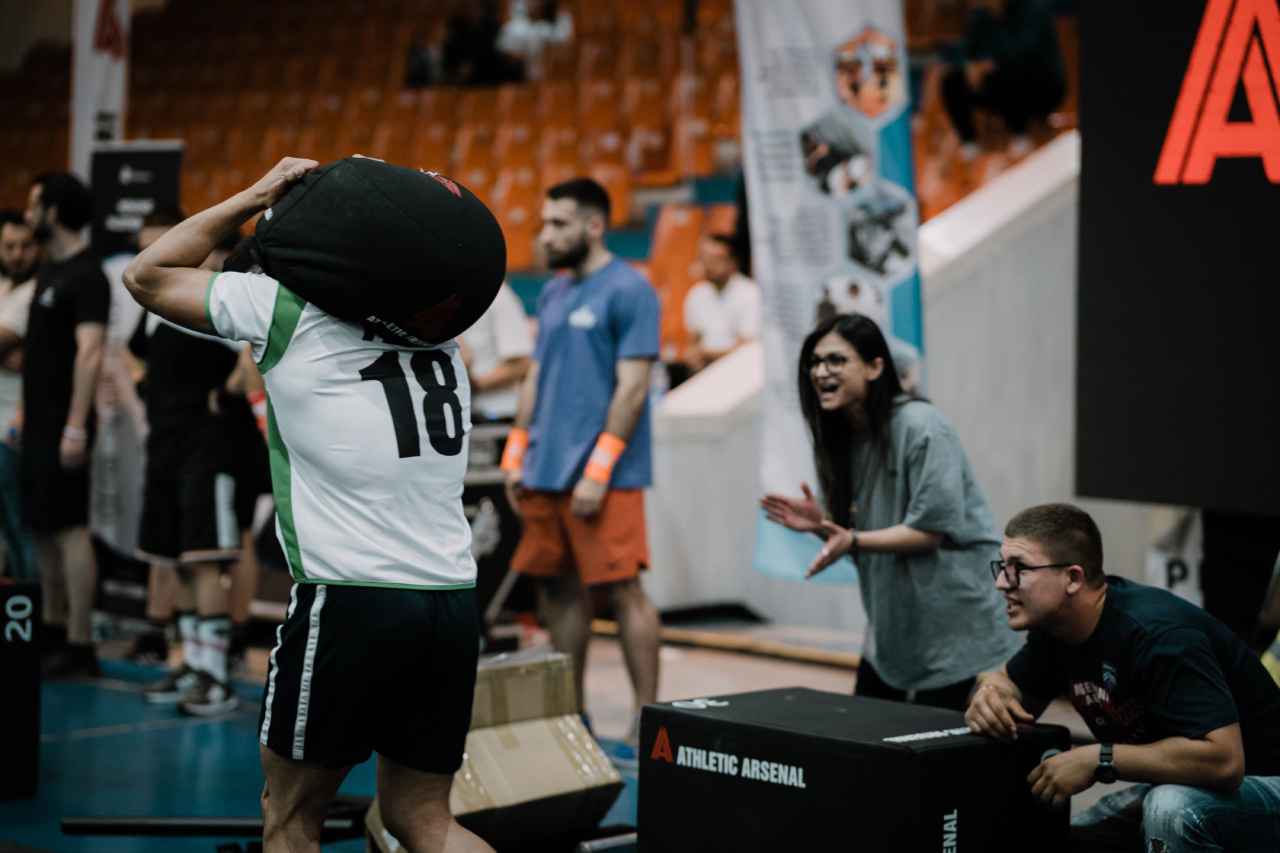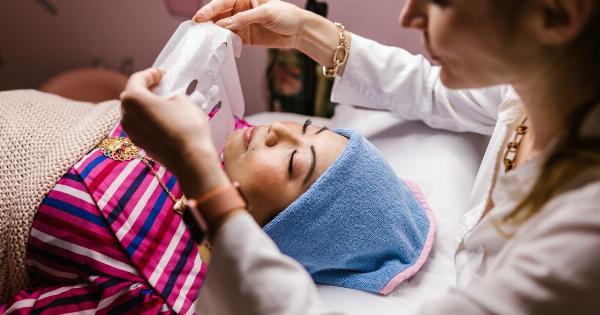Gymnastics is a highly demanding sport that requires strength, flexibility, and agility. It involves intense training and repetitive movements, which can put a lot of stress on the body.
As a result, gymnasts are prone to inflammation, which is the body’s natural response to injury or infection. While inflammation is necessary for the healing process, too much of it can cause harm and hinder performance. Therefore, finding the right amount of inflammation is crucial for gymnasts to maintain their health and reach their full potential.
The role of inflammation in gymnastics
Inflammation is the body’s defense mechanism against injury and infection. When the body is subjected to stress, such as intense training or physical trauma, it releases chemicals that attract immune cells to the affected area.
These immune cells help to remove damaged cells, fight off infection, and initiate the healing process. Inflammation is characterized by symptoms such as redness, swelling, pain, and heat.
In gymnastics, inflammation is a common occurrence due to the repetitive nature of the sport. Gymnasts often perform the same movements over and over again, putting strain on their muscles, tendons, and joints.
The high impact nature of certain gymnastics skills, such as tumbling and vaulting, also increases the risk of injury and inflammation.
The dangers of chronic inflammation
While acute inflammation is a normal part of the body’s healing process, chronic inflammation can be detrimental to a gymnast’s health and performance.
Chronic inflammation occurs when the immune response persists for an extended period, even without an ongoing injury or infection. This can lead to tissue damage, impaired recovery, and a higher risk of developing chronic conditions such as tendinitis or arthritis.
Chronic inflammation can also impact a gymnast’s training and performance. Inflamed muscles and joints are less flexible, which can impair range of motion and limit the execution of certain gymnastics skills.
Inflammation can also cause pain and discomfort, making it difficult for gymnasts to perform at their best.
The importance of managing inflammation
Managing inflammation is key for gymnasts to stay healthy and perform optimally. While complete avoidance of inflammation is not possible in gymnastics, there are strategies that can help minimize its negative effects:.
1. Proper warm-up and cool-down
Warming up before training or competition and cooling down afterward can help prevent excessive inflammation.
A well-designed warm-up routine prepares the body for the demands of gymnastics, increases blood flow to the muscles, and improves joint mobility. Similarly, a proper cool-down routine promotes the removal of waste products from the muscles and aids in recovery.
2. Cross-training and rest
Gymnasts can reduce the risk of inflammation by incorporating cross-training and rest days into their training schedule.
Cross-training activities, such as swimming or yoga, can provide a break from the repetitive motions of gymnastics while still maintaining fitness. Rest days are essential for the body to recover and repair itself, allowing inflammation to subside.
3. Nutrition and hydration
A well-balanced diet rich in anti-inflammatory foods, such as fruits, vegetables, and healthy fats, can help manage inflammation. Certain nutrients, such as omega-3 fatty acids and antioxidants, have been shown to have anti-inflammatory effects.
Hydration is also important to support the body’s natural healing processes and prevent dehydration-induced inflammation.
4. Physical therapy and rehabilitation
If a gymnast does experience an injury or inflammation, seeking appropriate medical care is crucial. Physical therapy and rehabilitation can help reduce inflammation, promote tissue healing, and prevent further damage.
Working with a qualified healthcare professional can ensure proper diagnosis and personalized treatment plans.
5. Gradual progression and technique refinement
For gymnasts, proper technique and gradual progression are key to preventing excessive inflammation. Learning and executing skills with correct form and technique reduces the strain on the body and minimizes the risk of injury.
Gradually increasing the intensity and difficulty of training over time allows the body to adapt and reduces the likelihood of developing chronic inflammation.
Conclusion
Inflammation is a natural response to the demands of gymnastics, but managing it is essential for gymnasts to maintain their health and performance.
By incorporating strategies such as proper warm-up and cool-down, cross-training, nutrition and hydration, physical therapy, and gradual progression, gymnasts can find the right amount of inflammation that promotes healing without hindering performance. Taking care of their bodies and managing inflammation will help gymnasts reach their full potential and enjoy a long and successful gymnastics career.





























